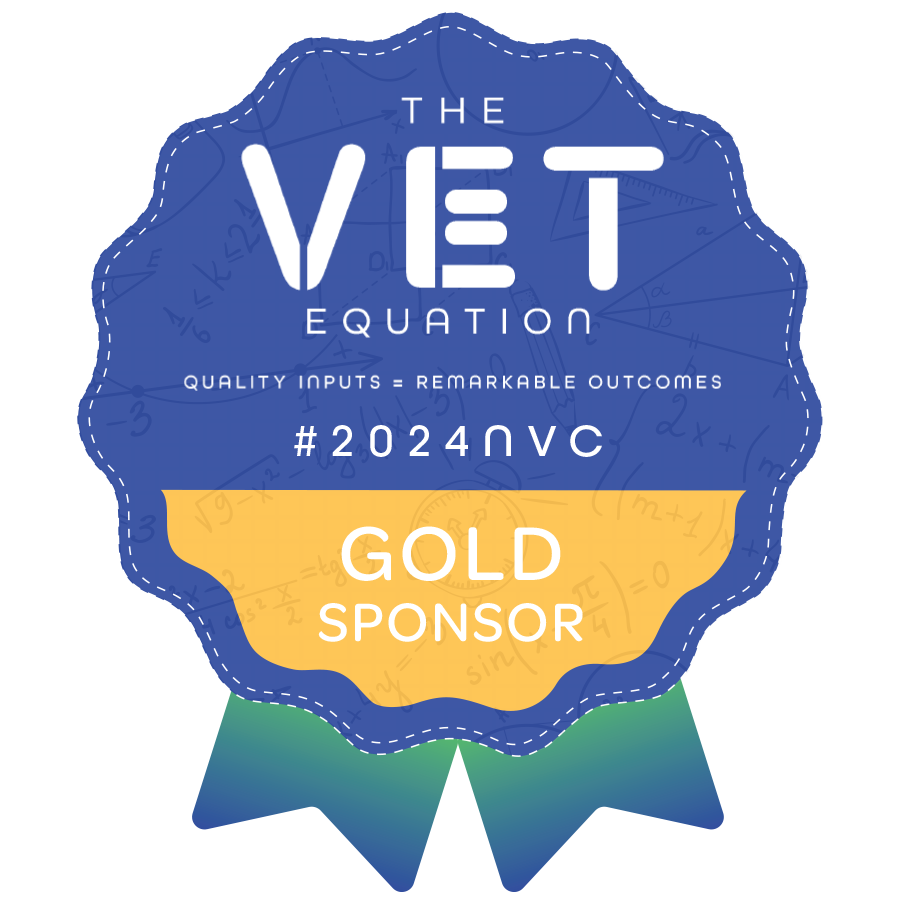Understanding Engineers Australia Accreditation for Civil Construction Design: A Guide for RTOs
Responding to Australia’s Skills Crisis
Australia is facing a well-documented and growing skills shortage in many areas including the civil construction and engineering sectors. Civil Engineering Draftspersons and Technicians (OSCA 3131, formerly ANZSCO 3122) play a critical role in the design, planning, and delivery of infrastructure projects across the country. These roles support engineers in tasks ranging from drafting and design to operations and maintenance of civil infrastructure.
The demand for skilled workers in this area is outpacing the supply of qualified graduates, creating strong incentives for training providers to deliver industry-aligned qualifications. This demand is particularly relevant for international students, many of whom are seeking education pathways that lead to skilled migration and employment opportunities in Australia’s infrastructure pipeline.
For RTOs, delivering the RII50520 Diploma and RII60520 Advanced Diploma of Civil Construction Design as a nested program presents an opportunity to meet this demand—but only if the program meets the expectations of Engineers Australia (EA).
Understanding Engineers Australia’s Role
Engineers Australia is the engineering profession’s peak body, with over 115,000 members across all disciplines of engineering. EA plays a central role in:
- Accrediting engineering qualifications in Australia
- Setting and maintaining professional standards
- Administering the National Engineering Register (NER)
- Providing Chartered Engineer status
- Conducting migration skills assessments for engineers seeking to work in Australia.
Through its Australian Engineering Accreditation Centre (AEAC), EA evaluates programs against internationally agreed competencies across three occupational categories:
- Professional Engineer
- Engineering Technologist
- Engineering Associate (applicable to VET-level qualifications)
Engineers Australia is a full signatory to all three accords of the International Engineering Alliance. These accords cover the three occupational categories:
- Washington Accord – Professional engineer
- Sydney Accord – Engineering technologist
- Dublin Accord – Engineering associate
These accords ensure international recognition of accredited engineering qualifications.
Accreditation Pathways: Provisional vs. Full
Accreditation by Engineers Australia is outcomes-based. It does not assess only curriculum, but also whether graduates meet professional competencies. There are two stages of accreditation:
- Provisional Accreditation
- Granted to programs before the first cohort has graduated
- Indicates that the course design, structure, and intent meet accreditation criteria
- Allows RTOs to promote the program as on a pathway to full accreditation
- Does not confer international recognition under the Dublin Accord
- Full Accreditation
- Granted after evaluation of graduate outcomes
- Requires completion of the first cohort (usually after 2 years of delivery) – as part of the evaluation for full accreditation, a minimum of five graduates must be interviewed together
- Ensures the program has demonstrated assessment integrity, delivery quality, and professional competency outcomes
- Allows the program to be formally recognised under the Dublin Accord, supporting skilled migration pathways
Why Accreditation Matters for VET Providers
Although national qualifications issued by RTOs are recognised in Australia, they are not automatically recognised internationally or by Engineers Australia. This has major implications for students seeking migration skills assessments in the future.
Without EA accreditation, graduates must undergo a Stage 1 Competency Assessment, which is a more complex, costly, and uncertain process. If the course structure, duration, unit selection or delivery fails to align with EA’s requirements, students may be deemed not suitably skilled—negatively impacting enrolments, outcomes, and provider reputation.
Engineers Australia’s Specific Requirements for the RII50520/RII60520 Nested Program
Engineers Australia has developed detailed expectations for RTOs wishing to deliver these qualifications in line with Dublin Accord standards. Some of the key requirements include:
- Pre-approved unit selection: EA has outlined a recommended set of mandated units that align with entry-to-practice competencies
- Nested delivery: The Diploma and Advanced Diploma must be structured to build sequentially, with a clear training plan
- Capstone projects: Final assessments must demonstrate the graduate’s ability to apply integrated knowledge and skills to complex civil design problems
- Sustainability and ethics: Core themes required across multiple units
- Work placement (30 days engagement with professional practice): Must be meaningful, structured, and assessed
- Delivery duration: Must meet minimum volume of learning expectations
- Graduate assessment evidence: Essential for full accreditation post-delivery
- Adequate program teaching, technical and administrative staff: appropriate depth, mix and distribution of qualifications, experience and engineering practice exposure, scholarship and professional standing to match program offering.
Additionally, EA’s Accreditation Management System (2019) outlines 15 standards across:
- Competency Program
- Operating Environment
- Quality Systems
Compliance with these standards is mandatory for accreditation.
Operational Considerations for RTOs
Successfully delivering an EA-aligned program requires careful planning and ongoing quality assurance. RTOs must manage:
- Adding the qualifications to scope through ASQA
- Designing a compliant training and assessment strategy that aligns with both EA and RTO standards
- Developing high-quality learning and assessment resources
- Demonstrating internal systems to monitor delivery, trainer credentials, workplace placement tracking, and graduate outcomes
Given the cost and risk of non-compliance, expert support is essential.
How RTO Works Can Help
RTO Works has been consulting with Engineers Australia and is gaining deep insight and understanding of the accreditation requirements for VET programs. We are currently developing:
- Resource development: Contextualised, compliant, and assessment-ready materials that we have developed to align with Engineers Australia accreditation standards
- Program design and consulting: Support to map unit selection, capstone integration, and work placement design
- Accreditation readiness reviews: Assistance with documentation and evidence preparation for accreditation requirements
We are proud to be Australia’s leading provider of high-quality resources in the VET sector, and our expert consulting team is here to ensure your RTO is set up for success.
Future-Proof Your Civil Construction Program
For RTOs delivering the RII50520/RII60520 nested program, aligning with Engineers Australia accreditation requirements is not just a competitive advantage it will become a critical success factor in meeting student expectations and addressing national skills needs.
By understanding the accreditation process, planning your program strategically, and partnering with experts, your RTO can deliver a program that is internationally respected, migration-friendly, and aligned with Australia’s infrastructure future.

With a background in instructional design and business management, Brooke brings creativity and energy to RTO Works. Focused on business growth, she continuously seeks ways to streamline operations and innovate. Her passion for people and the planet is reflected in her leadership, fostering a culture of respect and trust that helps her team thrive.




